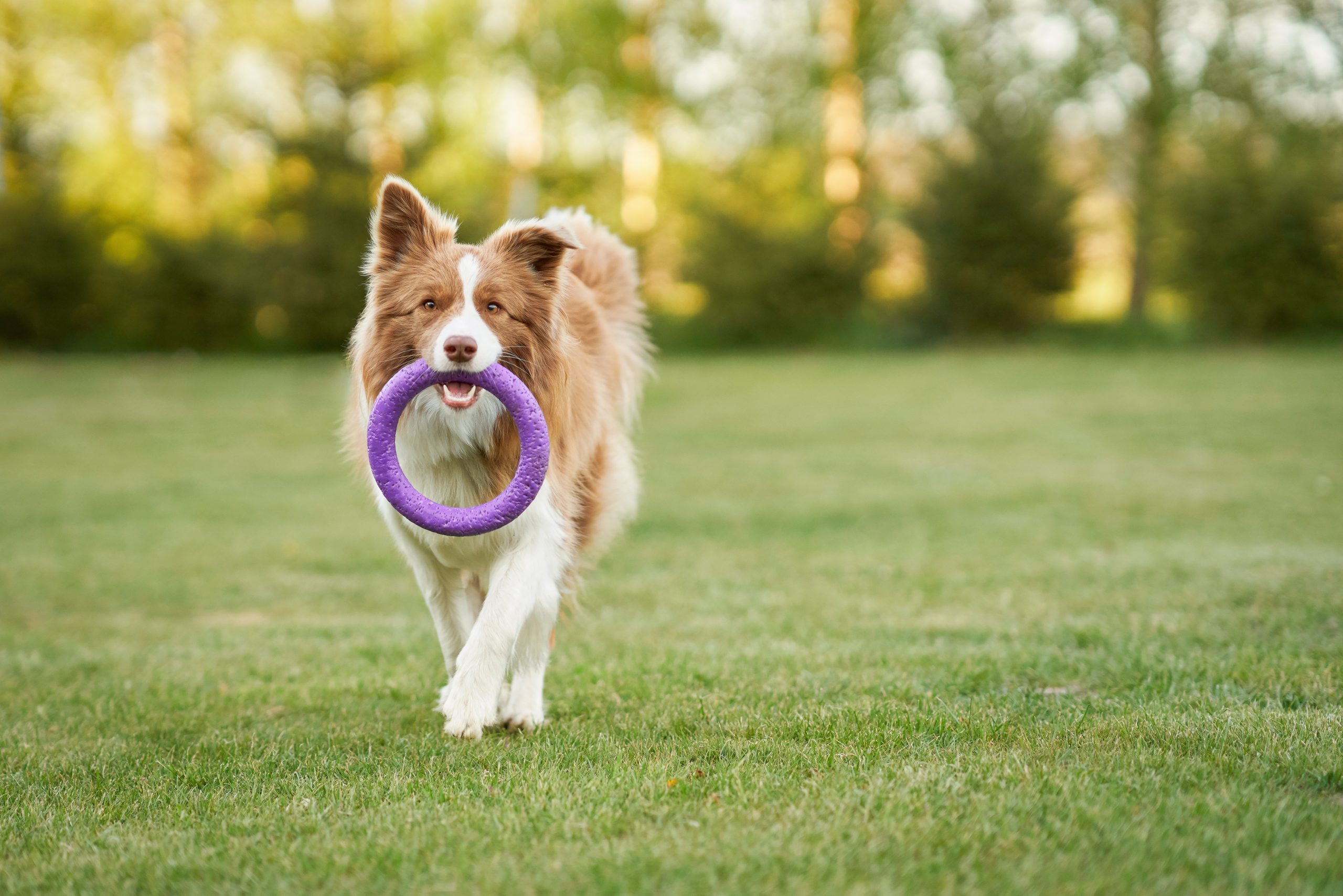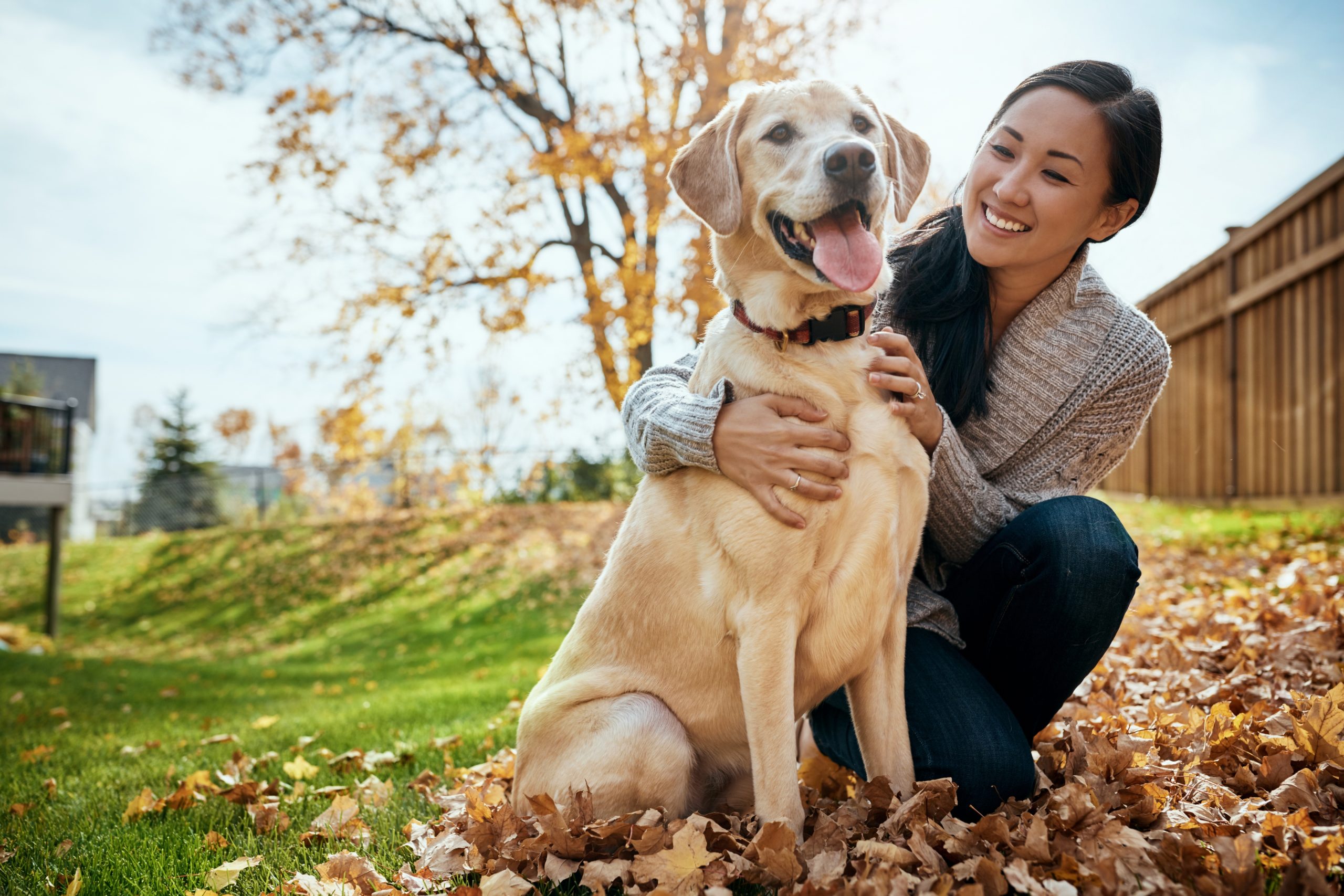As a pet owner, you want the best for your furry companion. Training your dog is a necessary step towards ensuring a lifetime of positive behaviors and a stronger bond between you and your furry friend. The benefits of dog training are many, and understanding them is essential for any seasoned dog owner or new pet parent. In this article, we explore the benefits of dog training, how it can help to correct behavioral issues, the most common types of training programs, the importance of consistency in training efforts, and the role of positive reinforcement in promoting good behavior. Whether you’re considering basic obedience training, advanced tricks, or agility training, this article will give you a comprehensive overview of what to expect and why you should invest your time and energy into your furry friend’s training.
Benefits of Dog Training for Pets and Owners
Dog training is a recommended practice for responsible pet ownership, offering benefits to both dogs and their owners. Whether it’s basic obedience commands or advanced tricks, training your pet can positively impact their behavior and mental health, as well as strengthen the bond between you and your furry companion.

A Stronger Bond Between Pet and Owner
Dog training is an essential component of pet ownership, as it not only teaches your furry companion basic obedience skills, but it also strengthens the bond between you and your pet. The trust and reliance built between the two is vital for both mental and physical health and provides a more positive relationship between dog and owner.
It’s important to provide guidance and consistent training with your dog to build a foundation of trust and reliance. By consistently reinforcing positive behaviors, you create a stronger bond with your furry companion. By advocating for your pup, you show them that you care about their needs and that you’re there to protect them.
At-home training allows pet parents to better understand and communicate with their dogs. Home training emphasizes positive reinforcement techniques that make the training process more rewarding for both animals and humans. Clicker training is a top-rated training method used to build trust and strengthen the bond between pet and owner. This method focuses on positively reinforcing good behavior by utilizing a clicking sound to signal when the dog behaves appropriately. This technique also helps dogs understand what behavior is appreciated and what isn’t.
Training also helps create a dog-human team, relying on trust and communication to establish a strong partnership. When both the owner and the pet work together in an effective training method, their bond becomes more positive and trustworthy.
Positive Reinforcement of Good Behavior
Positive reinforcement is a powerful tool that can be used to encourage good behavior in dogs. This approach involves rewarding a dog for exhibiting desired actions, such as sitting, lying down, or staying in one place. Rewards can include treats, toys, and praise, and should be given immediately after the behavior occurs. Over time, the dog learns that performing these actions will yield positive results, leading to increasingly good behavior and reinforcing the bond between dog and owner.
The benefits of using positive reinforcement in dog training are numerous. For one, this approach is more effective than using negative reinforcement tactics, such as punishment or scolding. Unlike these methods, positive reinforcement provides dogs with motivation and encouragement, leading to more willing participation. Additionally, positive reinforcement creates a more positive experience for both pet and owner during training sessions, making the process enjoyable and strengthening the bond between them.
Common rewards used in positive reinforcement training include treats, which can be a highly effective motivator as most dogs love food. Toys and playtime can also be used as rewards, especially for more active dogs that enjoy playing fetch or tug-of-war. Finally, praise and affection are perhaps the most valuable rewards, as they offer the dog the attention and approval they crave from their owner.
Positive reinforcement can also be used during trick training sessions. By providing rewards for successfully learning and performing advanced tricks, dogs gain confidence and satisfaction from performing. Owners can enjoy the process as well, as they watch their furry companions learn and grow. This method creates a positive feedback loop of reinforcement, leading to stronger bonds and more positive behaviors.
Fewer Behavioural Issues in the Long Run
Consistent dog training is essential for developing good behavior in your furry companion. Without proper training, dogs can develop unwanted behaviors that may be difficult to correct over time. By implementing consistent training techniques, you can help your dog become a well-behaved and obedient pet.
A combination of correction techniques and positive reinforcement is an effective method for addressing any unwanted behavior your dog may exhibit. Correction techniques, such as using a firm “no” or timeout, can teach your dog that certain actions are not acceptable. Pairing these techniques with positive reinforcement, such as treats or praise for positive actions, can help reinforce good behavior in your pet. Over time, your dog will understand which actions are appropriate and which are not.
For more complicated issues such as separation anxiety or destructive behavior, advanced training programs and experienced trainers may be necessary. Advanced training programs can offer specialized techniques that address specific behaviors and provide a more intensive approach to training. Experienced trainers can work with you and your dog to develop a personalized training plan focused on your dog’s specific needs.
Certain types of dogs may require more intensive training efforts. Breeds with high energy levels, such as Border Collies or Australian Shepherds, may need more exercise and advanced training to manage their energy levels. Dogs with a predisposition to aggressive behavior, such as Pit Bulls or Rottweilers, may require specialized training to prevent aggressive tendencies from developing. With consistent training efforts and expert guidance, however, all types of dogs can become well-behaved and obedient companions.
Well-Trained Dogs Lead to a More Enjoyable Experience for Pet Owners
Well-trained dogs can provide pet owners with a more enjoyable experience in many ways. One of the most significant benefits of dogs receiving proper training is their reduced likelihood of displaying unwanted behaviors such as excessive barking, biting, or destructive chewing. These behaviors can be a significant source of frustration and stress for pet owners. Dogs may bark excessively, chew furniture, or display negative behaviors like aggression, anxiety, or fear. All of these unwanted behaviors can be addressed through dog training programs.
Dog training programs, such as basic obedience training, can significantly minimize or even eliminate unwanted behaviors in dogs. By teaching essential commands and obedience skills, well-trained dogs are more likely to follow their pet parent’s instructions and respond appropriately to specific situations. Behavioral issues, including separation anxiety and destructive behavior, can be addressed through more intensive training programs. With the help of experienced trainers, specialized techniques can be used to manage or correct these behaviors.
Training programs can also have positive effects on dogs’ mental health and contribute to a stronger relationship between pet and owner. When a dog is well-behaved and obedient, pet owners can enjoy their pet’s company and develop a strong bond with them. Dogs that have undergone training programs tend to be more respectful, alert, and able to engage in activities that their owners enjoy. Regular training sessions also keep dogs mentally stimulated, which helps in preventing boredom and health issues.
There are different types of training methods, such as agility training, crate training, and clicker training, which further enhance a dog’s behavior and skills. Agility training, for example, can improve a dog’s physical fitness and coordination while also promoting positive behaviors like confidence and focus. Crate training can help prevent destructive behaviors while clicker training can reinforce positive behaviors in dogs and improve their focus.
A Rewarding Experience for All Involved
Training a dog can be beneficial for both the owner and the pet, as it can improve the animal’s abilities and strengthen the relationship between them. Not only can it help pets develop new skills and overcome challenges, but it can also build a stronger bond between the two. Training sessions can be fun and engaging for both parties, making them a great way to spend quality time together.
The use of tricks, in particular, can make training a positive experience for pets. These can be simple tricks, like teaching them to sit or come when called, or more advanced ones like agility training and obedience classes. By using positive reinforcement techniques, trainers can encourage good behavior and reward their pets for their efforts.
Balanced dog training methods can also help owners build trust and respect with their pets. Through a combination of positive reinforcement techniques, such as treats and praise, alongside more structured training methods, dogs can learn to obey commands and develop better behavior.
But dog training isn’t just about obedience. It is also about building a stronger bond between the pet and their owner. By spending time together during training sessions, the pet and owner can develop a deeper understanding and appreciation for one another.

Conclusion
As the benefits of dog training, it provides various advantages for pets and their owners. These include better obedience, favorable actions, psychological well-being, and a deeper connection between the pet and the owner. Key takeaways include improved obedience, positive behaviors, mental health, and a stronger bond between pet and owner. However, it’s important to find the right dog trainer and set realistic expectations for behavior changes. Positive reinforcement and consistent training efforts are essential components of effective training methods. By investing time and effort into building a strong bond with their furry companion, pet owners can enjoy a rewarding experience that leads to a well-behaved and happy dog.


